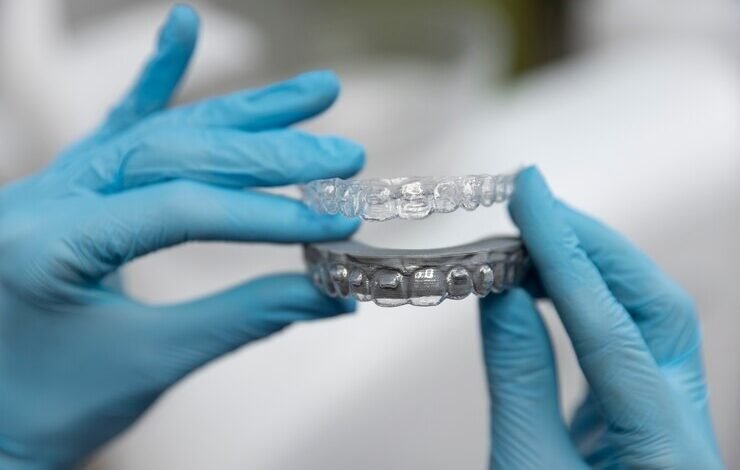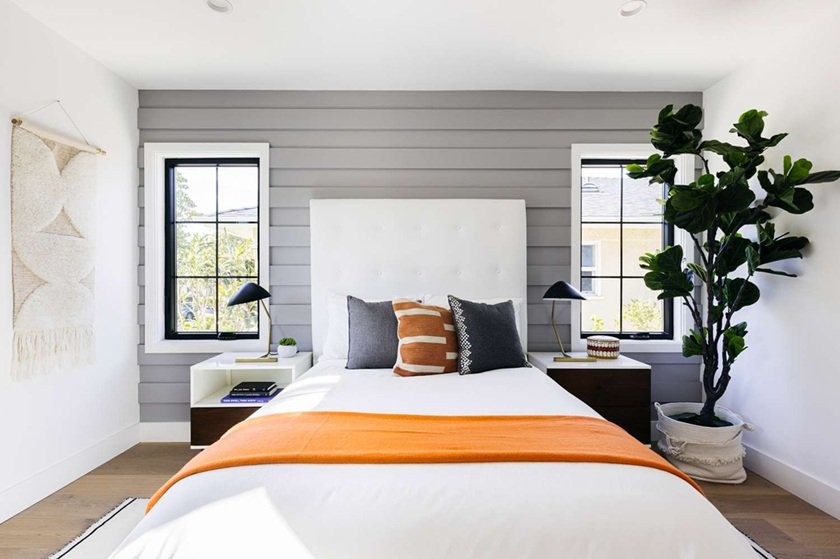Aligners and Allergies: A Matter of Materials

Clear aligners are custom-made, transparent plastic trays designed to gradually shift and straighten teeth. Unlike traditional metal braces, these types of teeth aligners are removable, which allows better oral hygiene maintenance and food enjoyment. However, the materials used in aligners can affect their safety and effectiveness. While generally safe, some people might experience mild allergic reactions to certain types of plastic.
Understanding the materials involved and their potential effects can help you make an informed choice. In this blog, we’ll explore the different materials used in aligners, discuss possible allergy concerns, and highlight which aligners are considered safe in India. Stay with us to find out more about how to choose the best aligners for your needs.
Various materials used for aligners
Clear aligners are made from different materials, each with its own benefits. Knowing about these materials can help you pick the best teeth aligners for your needs.
- Thermoplastic Polymers: These materials are used to make clear aligners that are strong and comfortable. For example, Polyethylene Terephthalate (PET) is tough and clear, making aligners both durable and good-looking. Polyethylene Terephthalate Glycol (PETG) is very clear and resists damage, so it keeps the aligners looking good. Thermoplastic Polyurethane (TPU) is flexible and strong, which makes aligners comfortable and able to go back to their original shape after use.
- Polymer Blends: Combining PETG with other materials like polycarbonate (PC) and TPU creates aligners that are both strong and flexible. This mix makes sure the aligners work well and feel comfortable.
- 3D Printed Materials: Special materials like Tera Harz TC-85 are used in 3D printing to make aligners that fit perfectly and are very durable.
- Bioactive Materials: Some aligners have coatings with gold nanoparticles that help keep your mouth clean by stopping bacteria from growing. Others use materials with essential oils to prevent bad bacteria from forming.
Choosing the right material for your aligners is important for comfort and effectiveness. If you have allergies or sensitivities, picking materials that are less likely to cause reactions can make your treatment better and keep your mouth healthier.
Allergies to aligner materials
Clear teeth aligners are generally safe and made from durable plastics designed to not release harmful substances. They are biocompatible, meaning they shouldn’t harm your mouth. While aligners are usually safe, some people might experience some allergic reactions in the form of mouth irritation, sore throat, or rashes. However, the chances of these are much less when compared to metal braces which often cause allergies due to nickel and other metals, leading to gum irritation, metallic taste or rashes.
Allergies with aligners can possibly occur because of the differences in how aligners are made by different manufacturers, including the use of certain additional ingredients and the dimensional characteristics of materials used. Sometimes, the materials used to make aligners don’t fully turn into the final product. This can leave tiny amounts of residual chemicals in the aligners that might mix with saliva and cause irritation or allergic reactions in your mouth. Also, some aligners may contain isocyanates, which can trigger allergies in sensitive individuals.
To ensure safety, the International Standards Organization (ISO) recommends testing aligners with human gingival fibroblasts, which are cells from the gums, to check for any harmful effects.
Choosing high-quality aligners from reputable brands can help reduce risks and ensure comfort.
Leading Safe Aligners in India
When choosing clear aligners, ensuring both effectiveness and safety is essential. With concerns about allergies and material quality, it’s important to find a reliable option. Here’s a look at some of the leading safe aligners in India:
Toothsi Clear Aligners, affordable at around Rs. 50,000, uses high-quality materials with fabrication done in state-of-the-art labs. Their aligners use advanced 3D-printed materials that are biocompatible and US FDA 510(k) cleared, ensuring both safety and effectiveness. The precision of 3D printing allows for a comfortable fit and effective treatment. Toothsi combines this advanced German technology with home visits for 3D scans and customised plans, making them a standout choice for safety and value.
Other aligner options available in India include Snazzy Clear Aligners, which offer a simple treatment process with initial scans, home delivery, and progress monitoring; 3M Clear Aligners, provided after a dentist evaluation; 32 Watts Clear Aligners, known for their competitive pricing and adherence to ISO standards; and Invisalign, which offers comprehensive treatment but at a higher cost.12
Teeth aligner prices in India vary based on the case complexity and technology. Choosing a brand with high-quality materials and effective technology is key to minimising allergy risks and ensuring successful treatment.
Conclusion
Choosing the right teeth aligners involves balancing effectiveness with material safety. Opting for high-quality aligners, like those from reputable brands, can reduce allergy risks and ensure a comfortable, effective treatment.
Visit Here Also:- tech ai time











